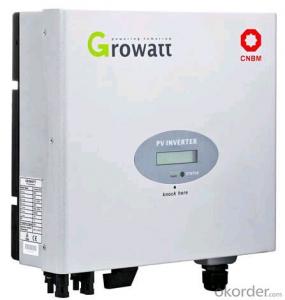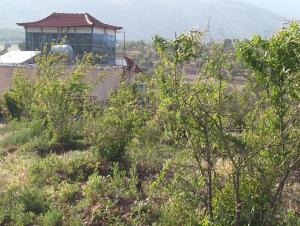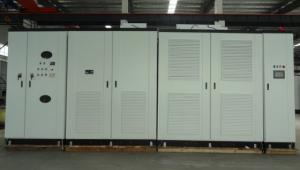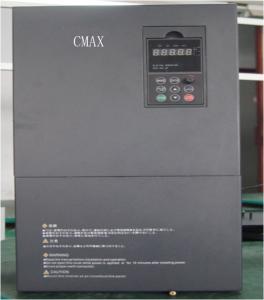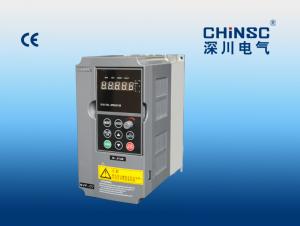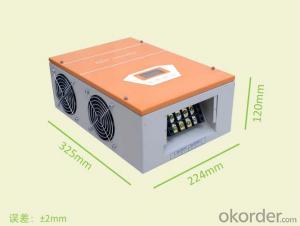3kw Hybrid Solar Inverter
3kw Hybrid Solar Inverter Related Searches
Hybrid Solar Inverter 3kw 3kva Hybrid Solar Inverter 3kw Solar Inverter 3kw Inverter Solar 3kv Solar Inverter 3 Phase Hybrid Solar Inverter 3 Phase Solar Hybrid Inverter 3kva Solar Inverter 3 Kilowatt Solar Inverter Solar Inverter 3 Kw 3 Kva Solar Inverter Solar Inverter 3kva Solar Hybrid Inverter 3000w Best 3kw Solar Inverter 3k Solar Inverter Hybrid Solar Inverter 3 Phase On Grid Solar Inverter 3kw 3kw Solar Inverter Price China Solar Inverter 3kw 3 Phase Solar Inverter Solar 3 Phase Inverter 3kw Off Grid Solar Inverter Growatt Solar Inverter 3kw Solar Inverter 3kw 220v 3 Phase Inverter Solar 3 Phase Solar Power Inverter Off Grid Solar Inverter 3kw 3 Kw Solar Inverter Price Solar Power 3 Phase Inverter 3ph Solar Inverter3kw Hybrid Solar Inverter Supplier & Manufacturer from China
The 3kw Hybrid Solar Inverter is a versatile and efficient product designed to optimize solar energy conversion and storage. This advanced inverter system is capable of handling both AC and DC power sources, making it an ideal choice for various applications such as residential, commercial, and off-grid solar power systems. Its compact design and user-friendly interface ensure seamless integration with existing electrical infrastructure, providing a reliable and eco-friendly energy solution.The 3kw Hybrid Solar Inverter is widely used in scenarios where a combination of solar and traditional energy sources is required. It is particularly beneficial in areas with fluctuating sunlight or where a backup power supply is necessary. This product ensures that power demands are met consistently, even during periods of low solar radiation, by intelligently managing the flow of energy between solar panels, batteries, and the grid. Its ability to switch between different power sources without interruption makes it a popular choice for those seeking a reliable and sustainable energy solution.
Okorder.com is a leading wholesale supplier of the 3kw Hybrid Solar Inverter, boasting a large inventory to cater to the diverse needs of customers worldwide. With a commitment to quality and customer satisfaction, Okorder.com offers competitive prices and excellent service, ensuring that businesses and individuals can access this innovative product at a reasonable cost. By partnering with Okorder.com, customers can benefit from the convenience of a one-stop-shop for all their solar inverter needs, streamlining the process of implementing sustainable energy solutions.
Hot Products



